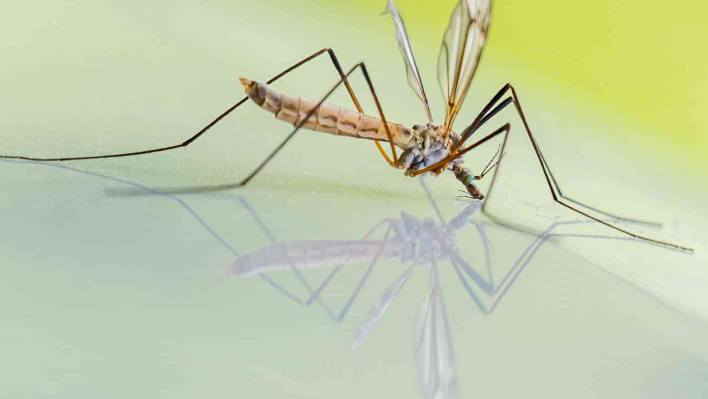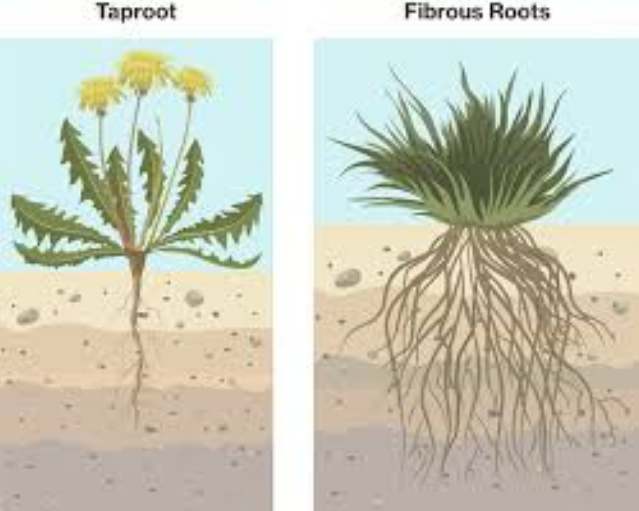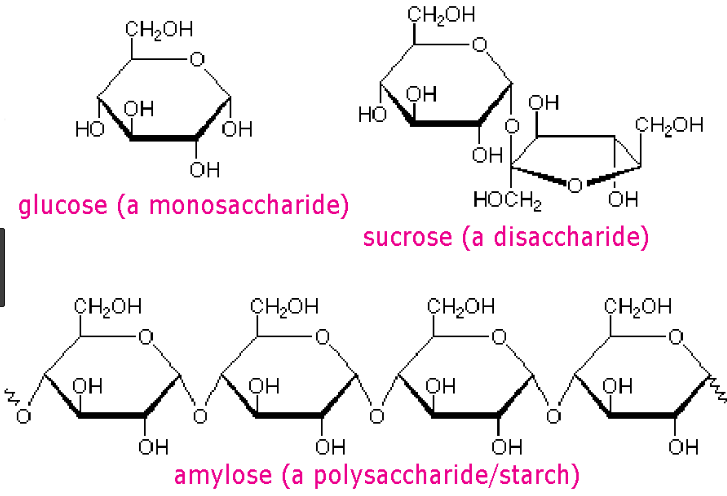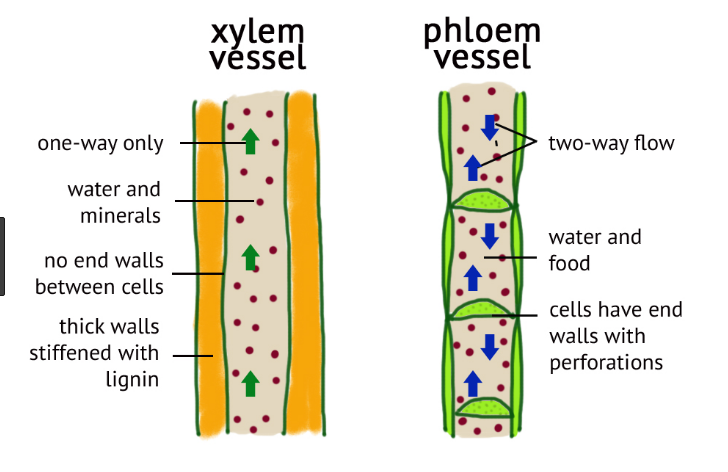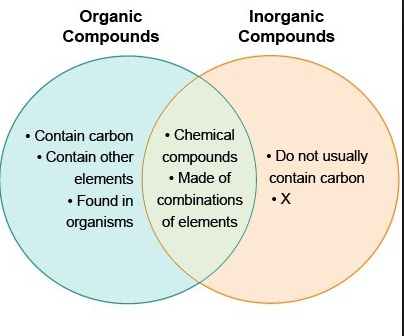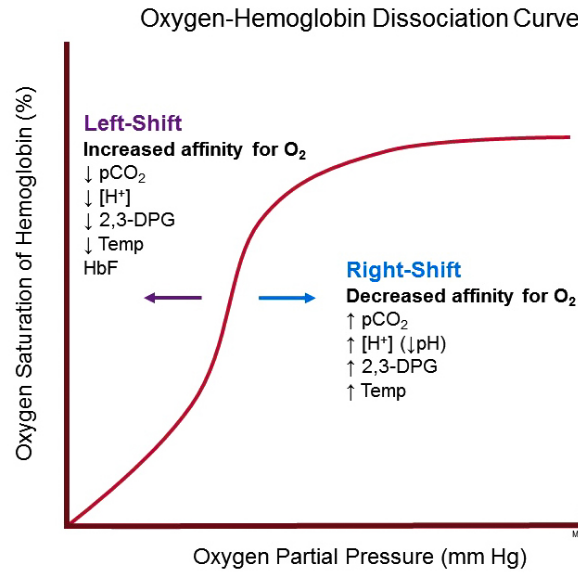Trackball Vs. Mouse: Know The Difference
Trackball A trackball is a pointing device consisting of a ball held by a socket containing sensors to detect a rotation of the ball about two axes like an upside-down mouse with an exposed protruding. The user rolls the ball to position the on-screen pointer, using their thumb, finger or commonly the palm of the … Read more

